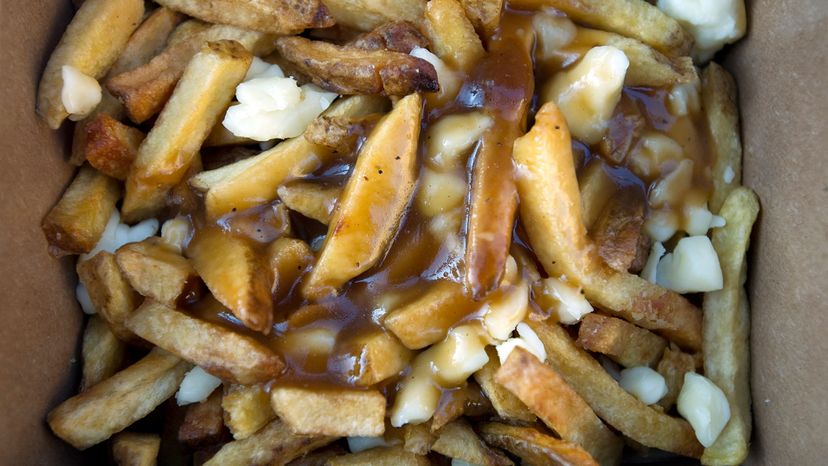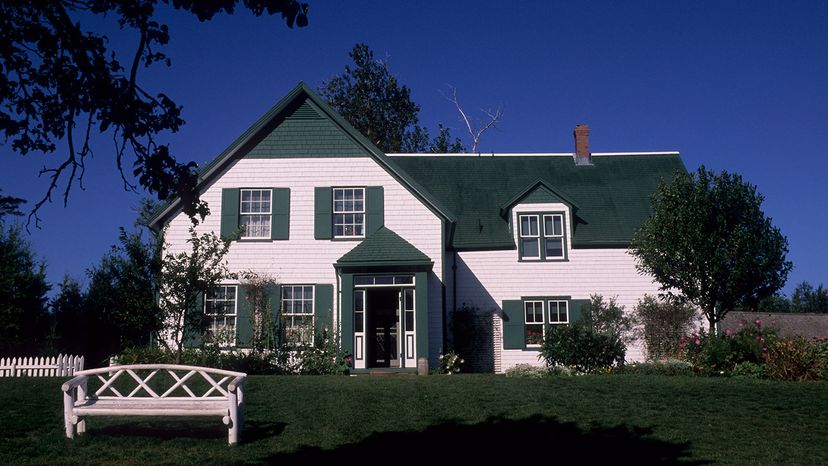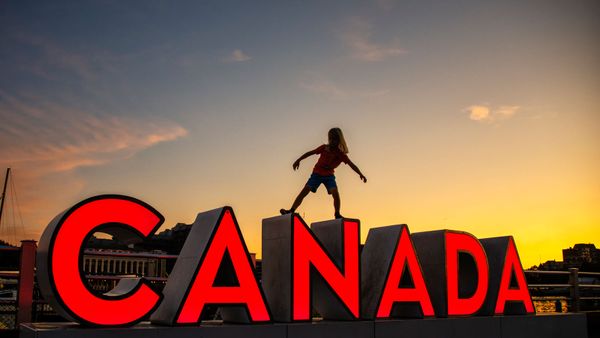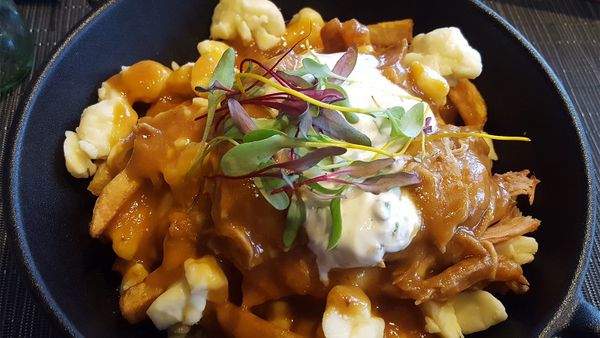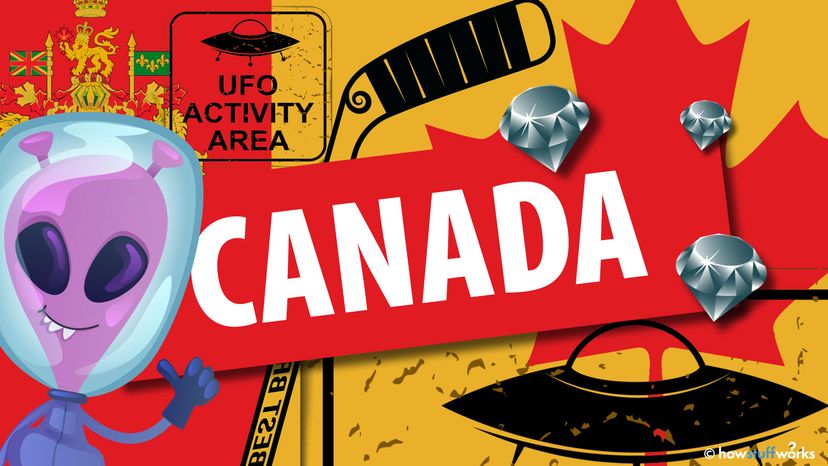
Canada is the second-largest country in the world, so it should come as no surprise that there's a lot of diversity in a place that big. With 10 provinces (Alberta, British Columbia, Manitoba, New Brunswick, Newfoundland and Labrador, Nova Scotia, Ontario, Prince Edward Island, Quebec and Saskatchewan) and three territories (Northwest Territories, Nunavut and Yukon), Canada encompasses a wide range of cultures, geographies and heritage. The difference between a province and a territory relates to government. The territories are directly ruled by the federal government while the provinces have their own constitutional powers.
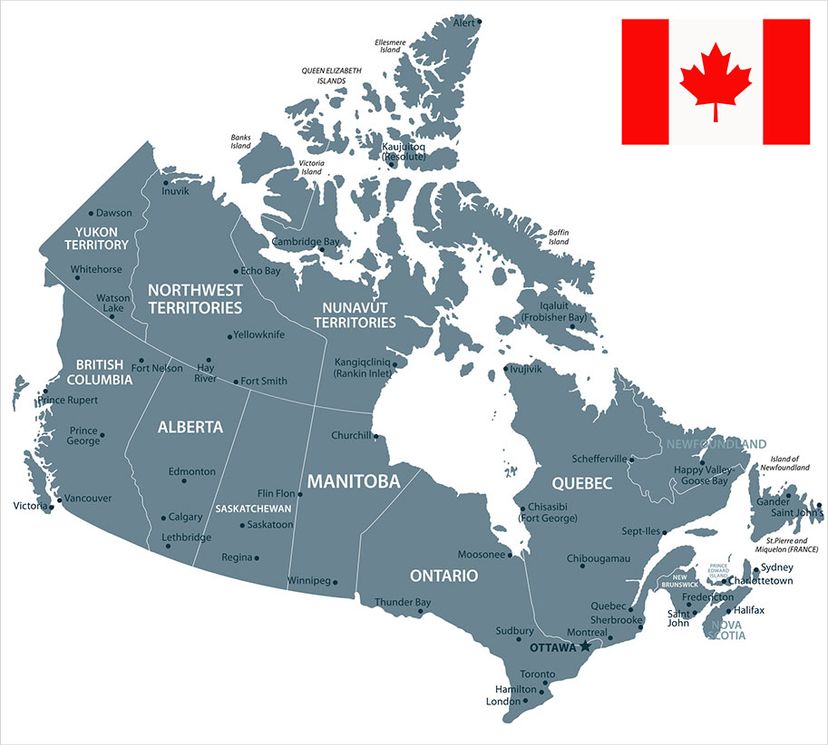
Each territory and province has its own history and modern experiences to draw travelers, but most people have a stereotype in their head of what Canada and Canadians are really like. It's time to show that there's much more to Canada than poutine and mounties — though they're fascinating too. Here are fun facts about all the Canadian provinces.
Advertisement
